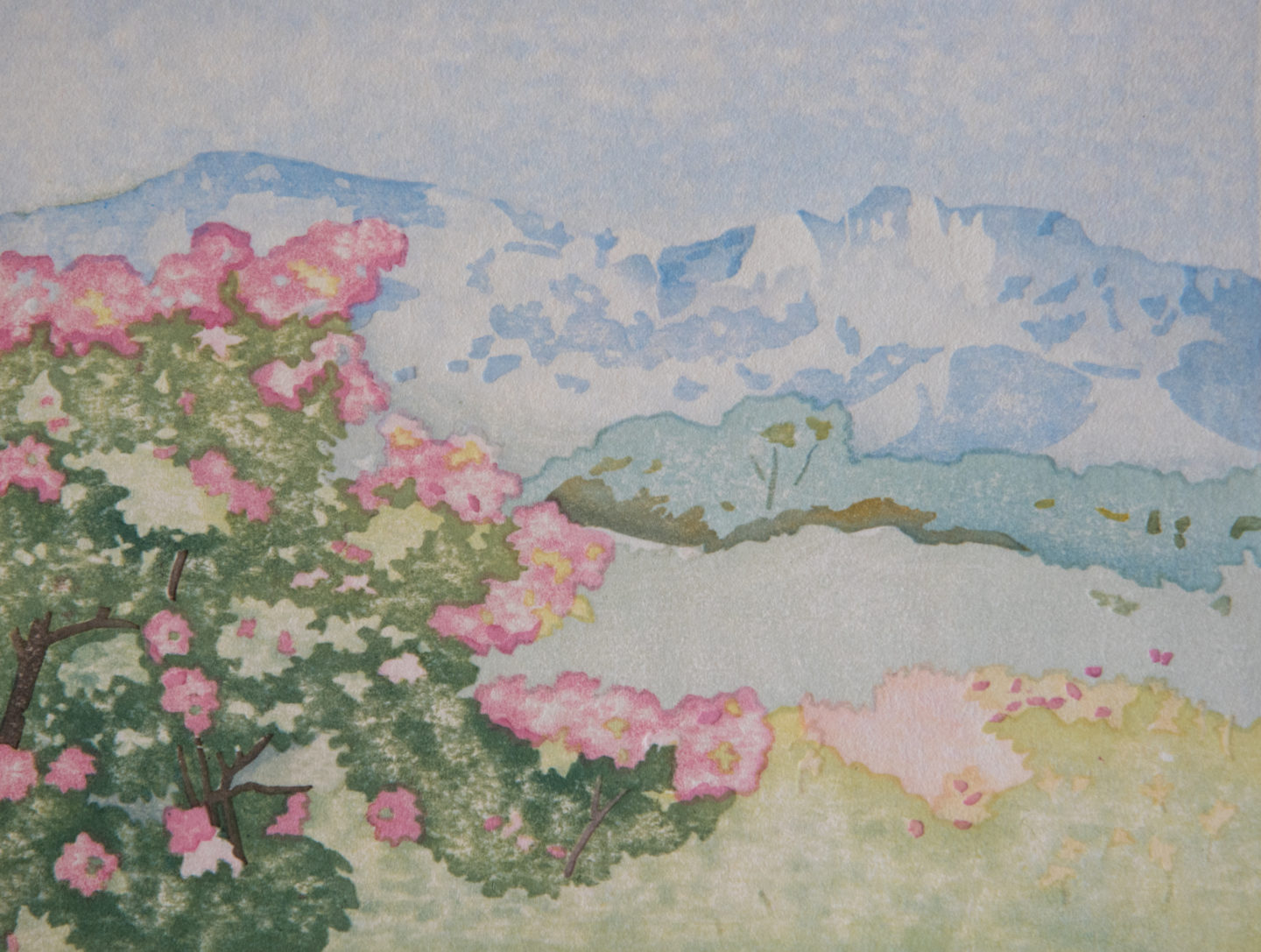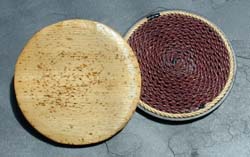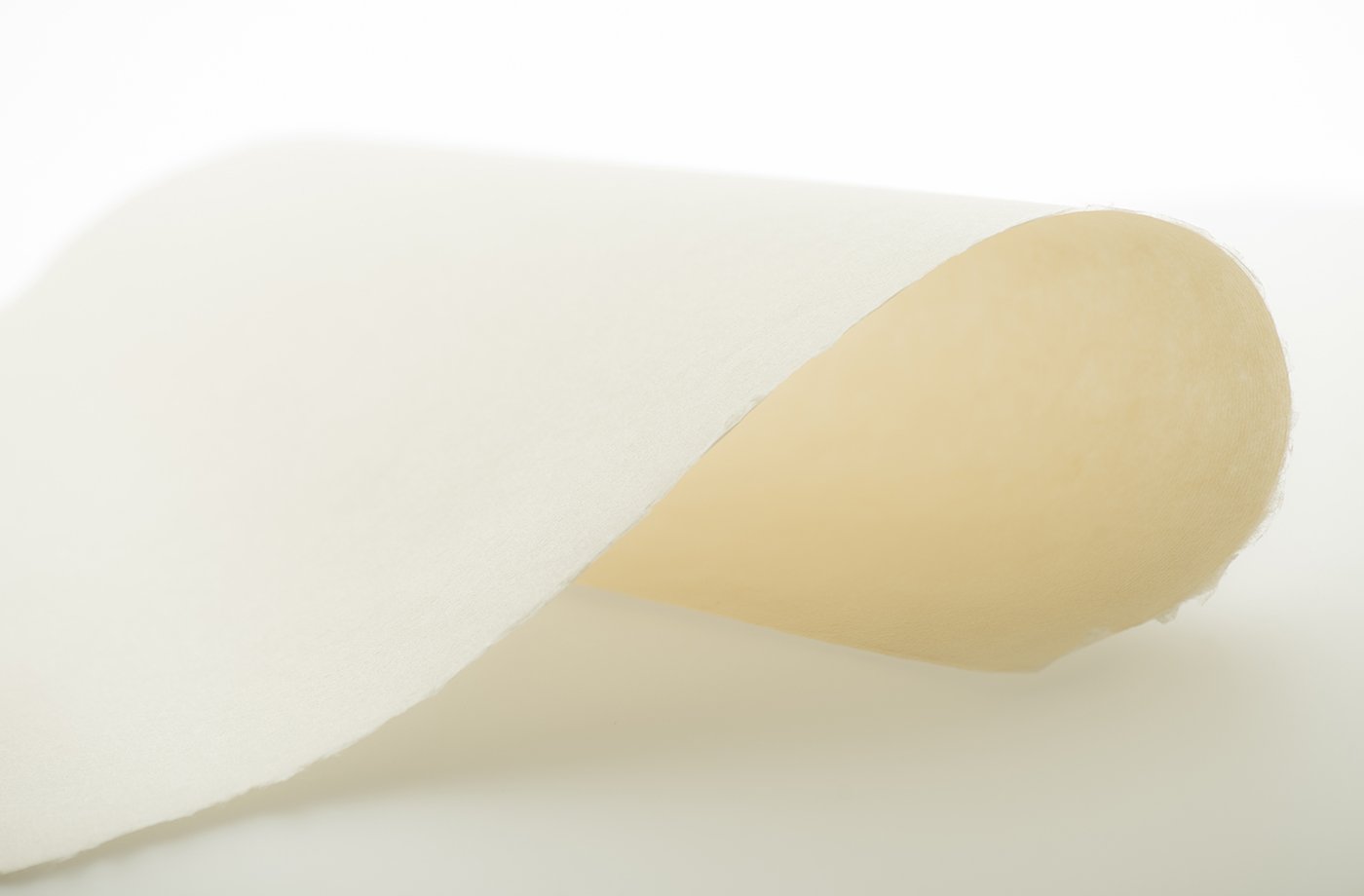
A large part of the appeal of mokuhanga, or Japanese woodblock print making, is rooted in its tools and materials. All the supplies used are made by hand and have a long history. It is a craft that requires great discipline and education, and its tools and materials are a good place to start in understanding the art form. In this post, I will give a brief overview of the most basic materials.
Wood
Lets begin with the wood. Interestingly, there are not many woods suitable for this art form. Cherry was always used in Japan because of its superior hard surface. But as old forests were farmed to near extinction other woods emerged as good choices. Baltic birch plywood is one of them. It has a tight and fine grain. Basswood plywood is another. It carves easily and performs similarly to Shina. However, unlike Shina, the surface isn’t finely sanded and has a texture. I use Shina plywood. It is a sustainable product made in Japan and has a fine grain. It is soft and easy to carve but holds a sharp edge throughout multiple printings. I purchase my shina and many other materials from McClain’s Printmaking Supplies.
Woodcutting Tools
The cutting tools are important, and I have invested in traditional woodcut tools from Japan. Japan has an outstanding reputation in blade smithing and there are many levels of tools you can choose from. However, there are a lot of manufacturers of woodcutting tools, so some research and testing is a good idea before making any purchase. When I first started carving, I used a set of Japanese detail carving tools from Lee Valley. I believe the name of the boxed set was Power Grip. I was very happy with them. They are excellent for beginners. Now I use Futatsu Wari tools, pictured below.

Barens
The baren is the tool used to press the watercolor paints up into the paper. The finest barens, hon barens, are made completely by hand, can take up to a year to make and are very expensive. The traditional baren consists of thin rope coils that are fixed onto a round disc and covered with a bamboo sheath. However, there are many varieties ranging from plastic disks to ball bearing barens. I use a Murasaki baren and I’m very pleased with its capabilities.

Brushes
One of the greatest differences between Eastern and Western woodblock printmaking is how the ink or watercolor is applied to the blocks. In mokuhanga, a brush is used. Whereas the Western technique requires a roller or brayer. There are many kinds of brushes each with a purpose. In all of my work, I use the Surikomi Bake brushes which are also used for stenciling. Most print artists use the traditional Hanga Bake brushes, but I’ll save that for another post as there is a lot to say. I have found the Surikomi Bake brushes to be very good.
Paper
Japanese paper, known as washi, is unique. For the most part, it’s handmade and lovely. The paper is well suited to withstand the many stresses of hand printing, drying out and re-wetting. It’s really quite remarkable and well worth watching a YouTube video on. It is made from the inner bark of the Mulberry tree and referred to as kozo. The fibers are long and very strong resulting in a paper that can be so thin it’s nearly see-through or very thick and heavy. I buy my paper from Woodlike Matsumura. Currently, I’m using Kihada. As it’s a heavy paper, it suits my style, but I’m always on the search. Two other popular sources for Japanese paper are Awagami Factory and McClain’s Printmaking Supplies. Both have very helpful staff and can answer any of your questions.

I hope this article has provided a useful introduction. Whereas tools and materials are a good place to start, it’s just the beginning. There are many steps, and with each stage of the process there’s a lot to learn. In my next post, I will discuss the printing process and get into greater detail about brushes.
Best always